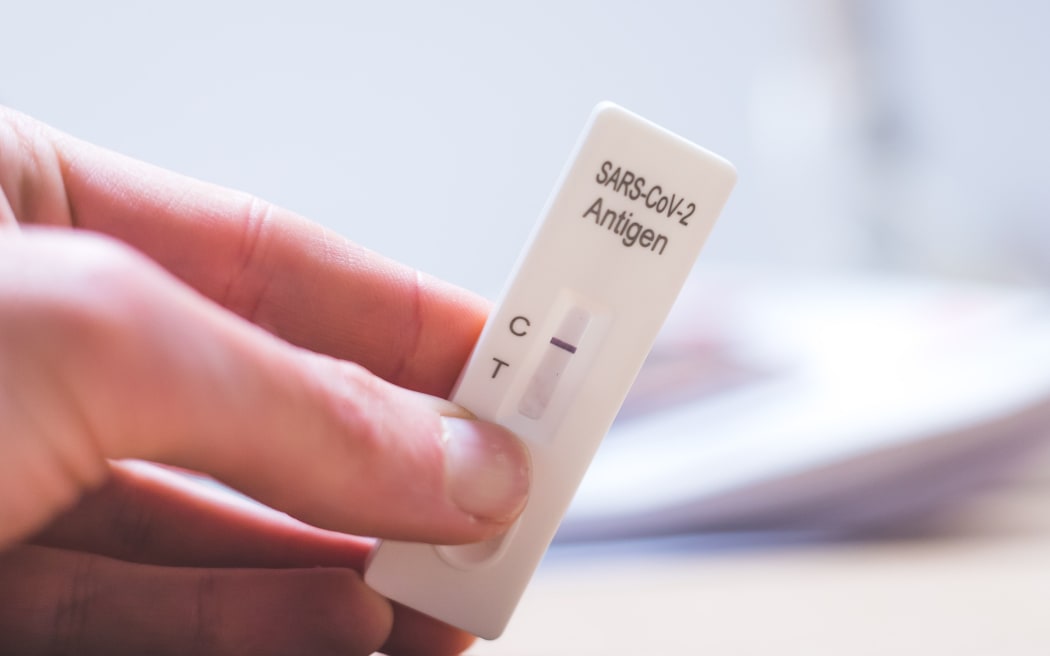
Photo: 123RF
The age of the rapid antigen test has begun.
Last week, Aotearoa entered phase three of its Omicron response plan, marking a significant change in how we are dealing with the virus.
In a nutshell, it means we’re moving away from a more centrally mandated response, towards a future where individual responsibility and judgement is given far more weight.
It also means the way we test for the virus has shifted fundamentally: the PCR test you’ll be used to – where a doctor or nurse thrusts a long swab up your nose and takes it away for processing in a special lab – is no longer standard.
Instead, you’ll be given a rapid antigen test, or RAT, to take home and do yourself.
New Zealand’s late to the party: many countries around the world have been relying heavily on RATs for months now.
Why the shift to RATs now?
“When we’re chasing an elimination strategy, we don’t want to miss a single case”, says Dr Juliet Elvy, a clinical microbiologist at Southern Community Laboratories and deputy chair of the New Zealand microbiology network.
“The sensitivity of the test becomes an extremely important parameter. But that becomes less important once you’ve got widespread spread throughout the community. The aim of the public health response shifts towards management.
“Once the strategy changes, you move away from needing the most perfect, sensitive test, towards using the one that’s most practical and applicable.”
Why were PCR results taking so long?
If you’ve had to get a PCR test since late January you might’ve noticed it’s taken ages to get your result back, five or six days in some cases – much slower than it’s been before.
When Covid-19 was vanishingly rare in the community, laboratories could use a technique called ‘pooling’ to help save time processing PCR tests.
This essentially clumps many tests together and analyses them all at once: if no Covid-19 is detected, we can infer all the tests are negative; if a positive test is returned, each of the swabs will be put through individually to determine which of them is the culprit, as it were.
But Newsroom’s Sam Sachdeva, who wrote a piece on the topic, says the flood of positive cases means this technique is no longer practical.
“It’s just not viable to keep doing that: it slows down the process, really, you’ve got to do each test one-by-one.”
Elvy says this is an irony of laboratory-analysed PCR tests being our main testing method.
“As our test numbers go up, our capacity for tests goes down.”
What if you get a positive test result with a RAT?
The move to phase three means people no longer need to get a PCR test to confirm a positive result from a RAT.
There are also changes to who needs to isolate. Positive cases are required to isolate for 10 days and so are their household contacts. But people who would have previously been considered close contacts, such as a workmate you've spent time in the office with, don’t have to isolate - they just have to monitor for symptoms and get tested if any develop.
Elvy says household contacts are at the highest risk – there's about a 30 percent chance they’ll end up catching Covid-19 from the person who’s tested positive.
It’ll be up to positive cases to let anyone else who might be considered a close contact know. Elvy says those people will then have to make an individual judgment call about whether they too should isolate.

PIJF Photo: .


